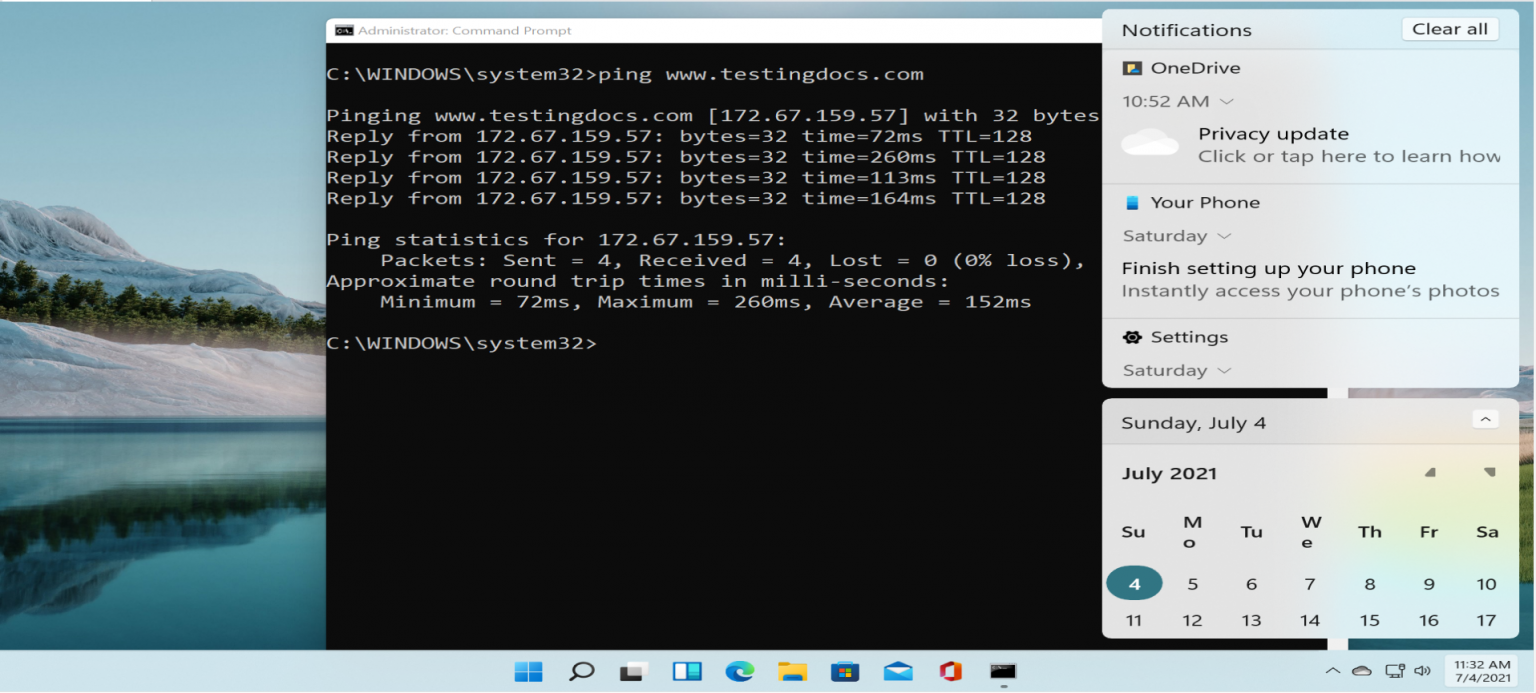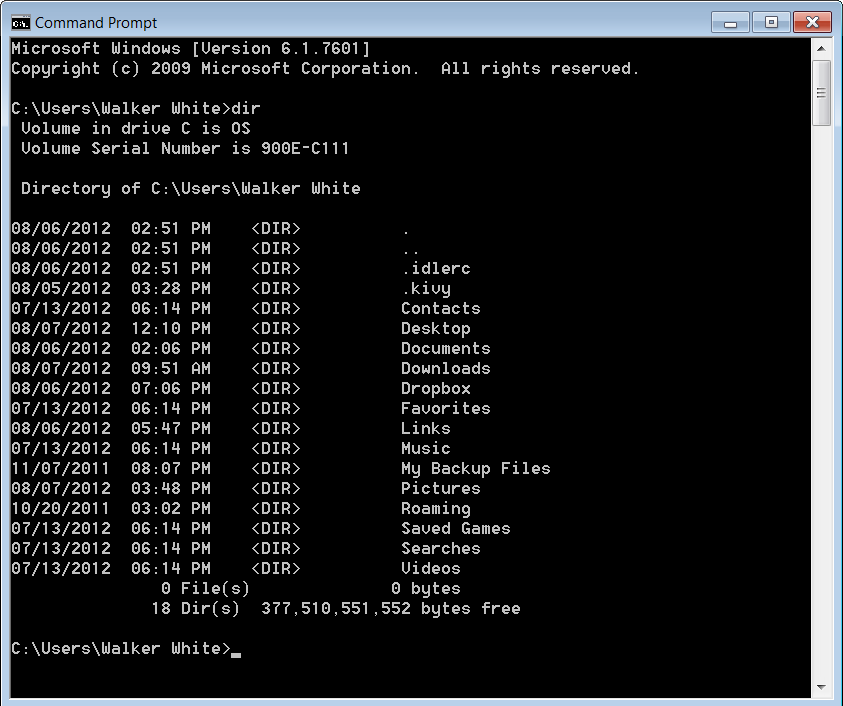

- #COMMAND PROMPT COMMANDS WINDOWS HOW TO#
- #COMMAND PROMPT COMMANDS WINDOWS UPDATE#
- #COMMAND PROMPT COMMANDS WINDOWS SOFTWARE#
- #COMMAND PROMPT COMMANDS WINDOWS PLUS#
The type of value for this registry entry is REG_DWORD, and can be specified by hexadecimal or decimal value. To disable a particular completion character in the registry, use the value for space (0x20) as it is not a valid control character. See virtual key codes for a complete list. Set these values to that of the control character you wish to use. HKEY_LOCAL_MACHINE\SOFTWARE\Microsoft\Command Processor\PathCompletionChar HKEY_LOCAL_MACHINE\SOFTWARE\Microsoft\Command Processor\CompletionChar HKEY_CURRENT_USER\SOFTWARE\Microsoft\Command Processor\PathCompletionChar HKEY_CURRENT_USER\SOFTWARE\Microsoft\Command Processor\CompletionChar Before making the following changes to the registry, you should back up any valued data on the computer. Incorrectly editing the registry may severely damage your system. You can run both Windows Commands and PowerShell cmdlets in PowerShell, but the Command shell can only run Windows Commands and not PowerShell cmdlets.įor the most robust, up-to-date Windows automation, we recommend using PowerShell instead of Windows Commands or Windows Script Host for Windows automation.Ī reference of exit and error codes for Windows Commands can be found in the Debug system error codes articles that may be helpful to understanding errors produced. Cmdlets are similar to Windows Commands but provide a more extensible scripting language. PowerShell was designed to extend the capabilities of the Command shell to run PowerShell commands called cmdlets. Scripts accept all commands that are available at the command line. You can perform operations more efficiently by using scripts than you can by using the user interface.

For more information, see cscript or wscript. With Windows Script Host, you could run more sophisticated scripts in the Command shell. The Command shell was the first shell built into Windows to automate routine tasks, like user account management or nightly backups, with batch (.bat) files.
#COMMAND PROMPT COMMANDS WINDOWS SOFTWARE#
Each shell is a software program that provides direct communication between you and the operating system or application, providing an environment to automate IT operations. Windows has two command-line shells: the Command shell and PowerShell. This set of documentation describes the Windows Commands you can use to automate tasks by using scripts or scripting tools.
#COMMAND PROMPT COMMANDS WINDOWS HOW TO#
RELATED: How to Put the Command Prompt Back on the Windows+X Power Users MenuĪnd with that, you have three very easy ways to run commands in the Command Prompt window as administrator.All supported versions of Windows and Windows Server have a set of Win32 console commands built in.
#COMMAND PROMPT COMMANDS WINDOWS PLUS#
You can do pretty much everything in PowerShell that you can do in Command Prompt, plus a lot of other useful things. It’s very easy to switch back to showing the Command Prompt on the Power Users menu if you want, or you can give PowerShell a try.

#COMMAND PROMPT COMMANDS WINDOWS UPDATE#
Note: If you see PowerShell instead of Command Prompt on the Power Users menu, that’s a switch that came about with the Creators Update for Windows 10. On the Power Users menu, choose “Command Prompt (Admin).” Option Three: Use the Power Users (Windows+X) Menuīoth Windows 8 and 10 offer a Power Users menu that you can access by pressing Windows+X or just right-clicking the Start button. Type “cmd” into the box and then press Ctrl+Shift+Enter to run the command as an administrator. If you’re used to using the “Run” box to open apps, you can use that to launch Command Prompt with admin privileges. Once you’ve got the “Administrator: Command Prompt” window open, you can run any command, whether it requires administrative privileges or not.


 0 kommentar(er)
0 kommentar(er)
